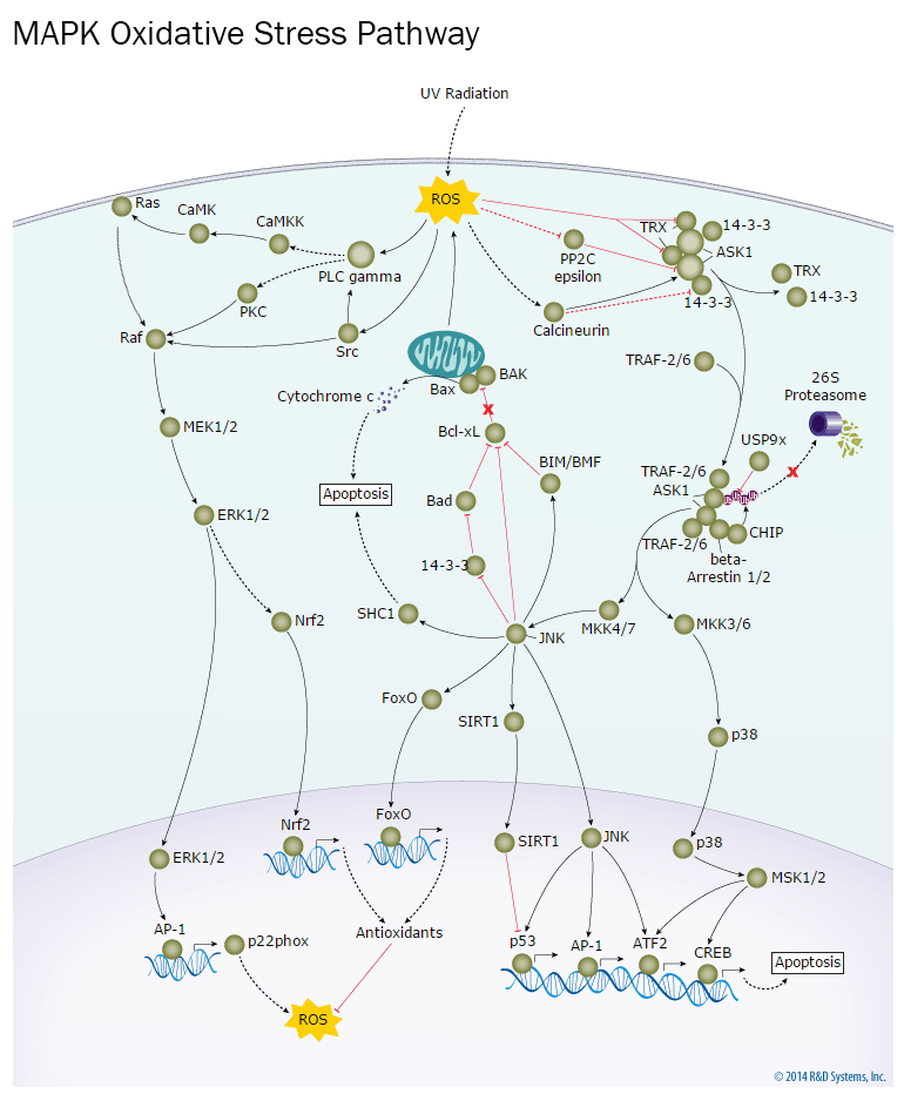(download PDF) Breath mass ion biomarkers of breast cancer.
Phillips M, Cataneo RN, Lebauer C, Mundada M, Saunders C.
Journal of Breath Research (19 Dec. 2016)
(download PDF) Rapid Point-Of-Care Breath Test for Biomarkers of Breast Cancer and Abnormal Mammograms.Phillips M, Beatty JD, Cataneo RN, Huston J, Kaplan PD, Lalisang RI, Lambin P, Lobbes MBI, Mundada M, Pappas N, Patel U.
PLOS ONE (Mar. 5, 2014)
(download PDF) Point-of-care breath test for biomarkers of active pulmonary tuberculosis.
Phillips M, Basa-Dalay V, Blais J, Bothamley G, Chaturvedi A, Modi KD, Pandya M, Natividad MPR, Patel U, Ramraje NN, Schmitt P, Udwadia ZF
Tuberculosis (May 29, 2012)
(
download PDF)
Volatile organic compounds of lung cancer and possible biochemical pathways. Hakim M, Broza YY, Barash O, Peled N, Phillips M, Amann A, Haick H. Chemical reviews. 2012 Sep 19;112(11):5949-66.(download PDF) Volatile biomarkers in the breath of women with breast cancer.Phillips M, Cataneo RN, Saunders C, Hope P, Schmitt P, and Wai J .
Journal of Breath Research (Mar. 2, 2010)
(download PDF) Breath biomarkers of active pulmonary tuberculosis.
Phillips M, Basa-Dalay V, Bothamley G, Cataneo RN, Lam PK, Natividad MPR, Schmitt P, and Wai J
Tuberculosis (Mar. 2, 2010)
(download PDF) Volatile biomarkers of pulmonary tuberculosis in the breath.
Phillips M, Cataneo RN, Condos R, Erickson GAR, Greenberg J, La Bombardi V, Munawar MI, and Tietje O
Tuberculosis (2007); 87: 44-52.
(download PDF) Volatile markers of pulmonary tuberculosis in the breath.
Phillips M, Cataneo RN, Condos R, Ring Erickson GA, Greenberg J, and La Bombardi V
European Respiratory Journal (2004); 24: Suppl. 48, 467s

